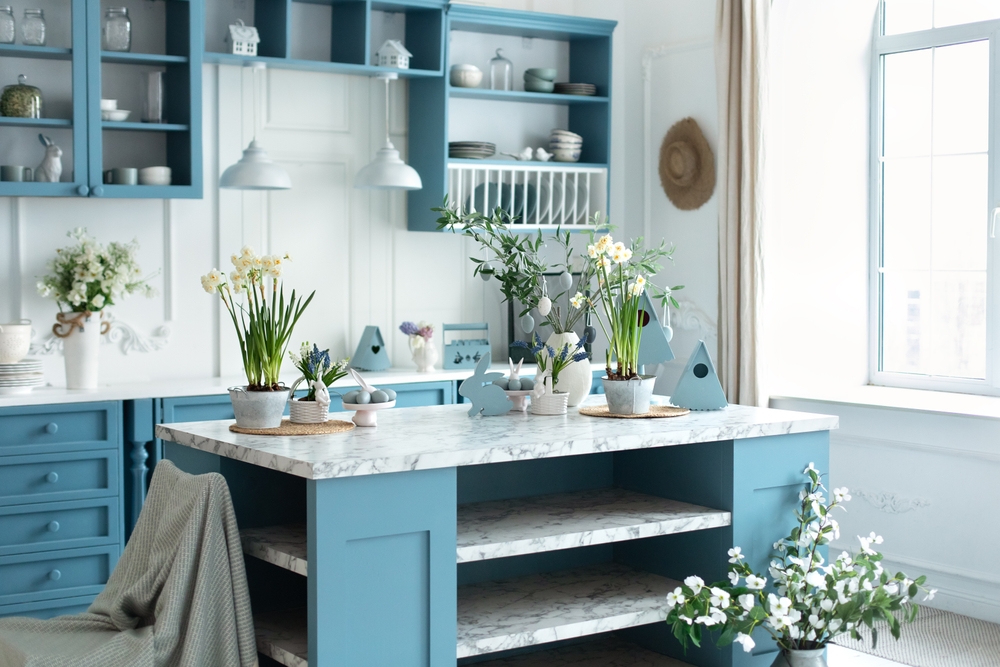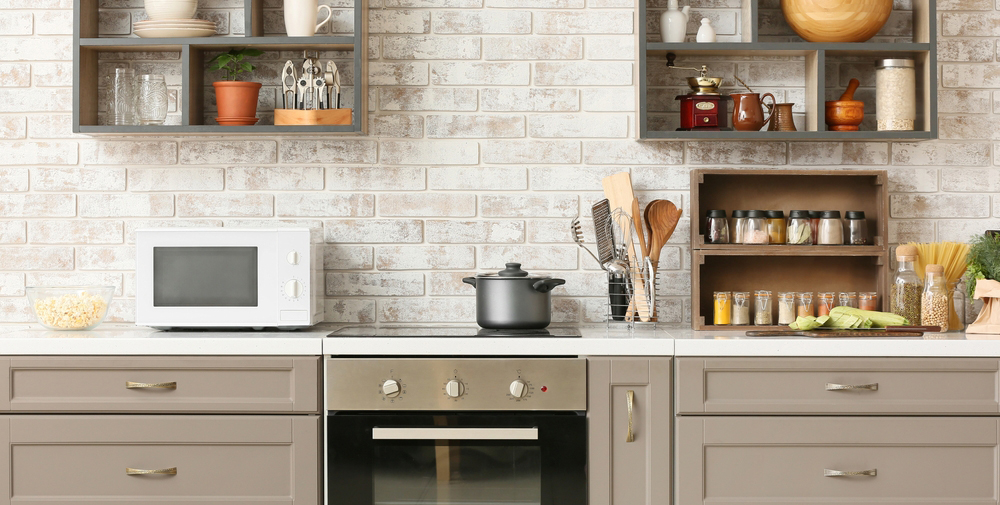The kitchen is often considered the heart of a home, where families gather to prepare and share meals and friends come together to socialise. Designing a cosy kitchen is a delightful project that can significantly enhance the warmth and functionality of your home. This article will explore the key elements of creating a welcoming and comfortable kitchen.
1. Layout and Flow
The first step in designing a cosy kitchen is considering the layout and flow. An open and functional kitchen layout is essential for creating a comfortable and inviting space. The traditional work triangle – consisting of the stove, refrigerator, and sink – should be organised to minimise movement between these key elements.
Ensure there is enough counter space for food preparation, and consider an island if your area allows it. If you’re opting for a classic style, exploring expert tips for choosing an In-Frame Kitchen can help you achieve a layout that is both timeless and practical. The idea is to create an aesthetically pleasing and highly functional kitchen. highly functional kitchen.
2. Colour and Materials

Selecting the right colours and materials for your kitchen is crucial in establishing a cosy atmosphere. Warm, earthy tones like soft beiges, muted blues, and warm greys can create a welcoming ambiance. Wooden cabinets and flooring are excellent choices for adding a touch of warmth and perfectly complementing a cosy kitchen design. Stainless steel appliances can provide a sleek and modern contrast if you prefer a mix of styles. The key is to balance the elements to create a harmonious, inviting space.
3. Lighting
Good lighting is essential in any kitchen and plays a significant role in enhancing cosiness. Natural light is ideal, so incorporate large windows or glass doors to bring the outdoors inside. For evening illumination, choose warm, ambient lighting that is not overly harsh. Pendant lights above an island or a cosy chandelier can add character to the kitchen while providing a soft, inviting glow.
4. Storage Solutions
An organised kitchen is a cosy kitchen. Efficient storage solutions are vital to maintain a clutter-free and comfortable space. Consider pull-out pantry shelves, deep drawers, and hidden storage for small appliances to keep the countertops clear and the kitchen tidy. A well-organised kitchen looks more inviting and makes cooking and meal preparation more enjoyable.
5. Kitchen Splashbacks
Kitchen splashbacks are a crucial element of kitchen design in terms of functionality and aesthetics. These panels, which protect your walls from spills and splatters, also contribute to the overall look and feel of the kitchen. When designing a cosy kitchen, consider the following options for kitchen splashbacks:
- Tile Splashbacks: Tiles are a versatile option for splashbacks. You can choose various colours, sizes, and patterns to complement your kitchen style. Mosaic tiles, subway tiles, and glass tiles are popular choices. A tile splashback can add texture and personality to your kitchen.
- Glass Splashbacks: Glass splashbacks offer a sleek and modern look. They are easy to clean and can create the illusion of a larger space, making them an excellent choice for cosy kitchens. You can even opt for custom-printed glass splashbacks with your chosen design or artwork.
- Natural Stone Splashbacks: Consider natural stone splashbacks for a touch of elegance and warmth. Materials like marble, granite, and travertine can make your kitchen luxurious. However, they may require more maintenance than other options.
- Stainless Steel Splashbacks: If you prefer an industrial or modern style, stainless steel splashbacks are a durable and easy-to-clean choice. They reflect light, which can brighten the space, and work well in contemporary kitchens.
The choice of kitchen splashback ultimately depends on your style preferences and practical considerations. It’s essential to select a material that complements your kitchen’s overall design and colour scheme while providing the protection your walls need.





